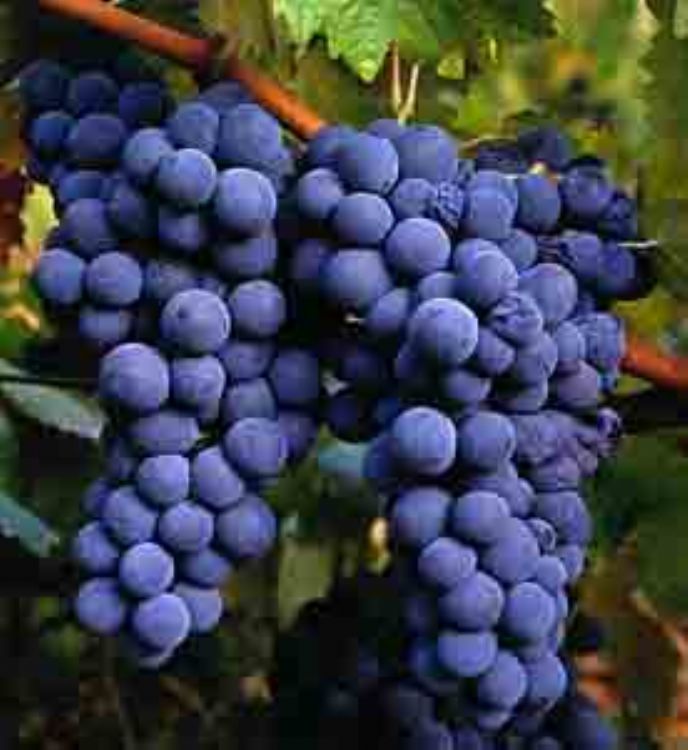
In Mexico there are various social benefits granted by la...

The state of Campeche offers visitors a cultural wealth displayed in the everyday activities of its inhabitants.
A- FIESTAS or Festivities
SAN ROMAN'S BLACK CHRIST Festivities
CampechesÃâ patron saint is San Roman Martyr, who is worshiped by all its people. In 1565 the Villa de San Francisco de Campeche was severely damaged by a locust plague that struck the whole peninsula. Seeing the attack as a GodÃâs punishment, the people decided to draw lots in the choosing of the patron saint. For the construction of the temple they ordered a black Christ from Europe. That is the origin of the Fiesta of the Black Christ of San Roman.
CARNIVALS
The Campeche carnivals, originated 450 years ago, are the sole proof of the Spanish legacy in Mexican land. Every February these popular festivities take place all over the state. Activities like the bad humor funeral parade, the flower parade, costume contests, musical festivals and the crowning of the carnival king and queen stand out.
DAY OF THE DEAD
Though celebrated through out most of the country, the Maya origin of the region give the Day of the Dead celebration a special importance. Pilgrimage to the pantheons to happily remember the dead begin the 31st of October. The 1st and 2nd of November the altars are built and the religious offerings which will delight the dead, like the typical Campeche dish pibipollo, are placed inside.
B- MUSIC
The people from Campeche are known, as in most of Mexico, for being noisy and for their passion for music and dances. There are more than a dozen Jaranas -typical tap dances of the Yucatan peninsula - with historical origin: Chancletitas, referring to the typical footwear of the women; the Guaranducha, which has African influence; the Pichito Amoroso, which imitates the movements of the most affectionate of all birds; Regional Airs ; the Cuban Jarabe; the Almud dance; La Flor de la Malagueña of Spanish origin; the Gatuno JarabeÃâonce banned because of its inappropriate moves; and the Fandango dance, just to name the most representative.
C- GASTRONOMY
The mix of the Maya, Spanish and pirate cooking is the base of the Campeche gastronomy, proof of the culture of its people.
The street vendors offer their home-cooked and delicious dishes through riming shouts from the street. Men are the ones that do the grocery shopping in the market, a habit that began when, for fear of pirate attacks, women stayed safely at home. It is a usual practice to serve a dish according to the day of the week, for every dish has a designated day and the weekly menu is repeated week after week after week.
The abundant and juicy menu of the Campeche cooking is impossible to list. Some of the dishes with seafood ingredients include the papache fish, dogfish bread, saw-fish, esmedregal, rubia, pampano, stone-bass or wreck fish, manta ray, snapper, angel and many more. Shrimp from its coasts are the most coveted throughout Mexico, and the small Campeche shrimp is the tastiest one out of all the different types of shrimp to be found across the region.
Other dishes that can be highlighted for their unique flavors are the pibinal, the stuffed tamales, the stuffed peepers and the sauces made with habana peppers or achiote or annatto.
D- ARTS AND CRAFTS
The panama hat Ãâwhich is not crafted in the country of the same name- is one of the typical crafts of the region. The craftsmen from Becal that weave these hats out of the hippy palm, have to work inside humid caves, since the palm fiber is rather thin and can be molded into beautiful patterns only under these humid conditions. Other craft activities that are common in the state are pottery, leather goods and artifacts made with seashells.

In Mexico there are various social benefits granted by la...

The three most representative economic models in Mexicoâ...

Two products originate from oil exploitation, crude oil e...

HOCHOB; Hochob is one of the most representative Maya ter...



Upon the arrival of the Spaniards, people like the Tlaxca...